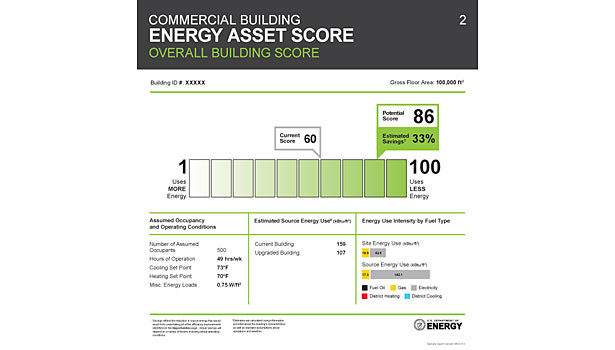Shopping for a car is typically a very time consuming, difficult chore that most do not enjoy. The amount of research required to narrow choices down is significant. There are so many different brands and models to choose from, so many options to consider. It can be difficult to compare one car against another with their myriad differences. There is one very convenient bit of information, however, that allows consumers to easily compare one car to another, and is displayed on every car at every dealership in the U.S.: The EPA’s Fuel Economy and Environment label. The EPA has required that vehicles measure and report fuel efficiency since 1978, when the U.S. established a gas guzzler tax for cars that failed to meet statutory fuel economy levels.
Over the years, the testing has gotten better as has the information presented to the consumer.
Today. a prospective buyer can see car’s average city and highway fuel economy, savings (or lack thereof) compared to the average new vehicle, greenhouse gas rating, smog rating and the estimated annual fuel cost. It has become a highly useful tool for the average consumer.
Imagine going to a dealership and shopping for cars without being able to see fuel economy labels. Now imagine that the salesperson tells you that she would be happy to give you names of several fuel economy analysts that could be hired to calculate a vehicle’s fuel economy—for a fee. This is what shopping for a house or commercial real estate is like today in the U.S. And this is something that the Department of Energy is working on changing with something they call an Energy Asset Score.
DOE’s Energy Asset Score Program
In 2012, the U.S. Department of Energy began work on the development of a voluntary national scoring system used to quantify commercial building’s energy efficiency, a tool designed to pick up, and go beyond, where the well-established Energy Star Portfolio Manager leaves off. DOE explains:
“The score provides information regarding the efficiency of a building’s major energy consuming systems and is intended to enable greater understanding of building performance and potential savings. Through the use of a free, online scoring tool, building owners and operators will be able to generate a score along with recommendations for how to improve the efficiency of their buildings. The scoring tool applies standard assumptions about a building’s operations (based on building type) in order to calculate a score that reflects the building’s energy efficiency, not the behavior of its occupants.”
Like the EPA fuel efficiency label for vehicles, the Energy Asset Score will allow apples-to-apples building energy to use comparisons. Users enter basic building information such as geometry and orientation, window-to-wall ratio, main HVAC systems, lighting systems, and operating hours, which is then run through DOE’s powerful EnergyPlus whole building energy simulation program. The resulting Energy Asset Score Report displays the building’s score out of a possible 100 points, one being the worst energy performer and 100 the best. The report identifies upgrades that could be made to the building and the resultant score increase and estimated energy savings associated with the upgrades. The report shows as-built conditions of the building envelope and its major energy consuming systems and qualifies each as superior, good, fair or poor. This simple ranking scale allows the reader to easily assess the performance of each part of the building and to make a quick assessment of possible areas of improvement.
In 2012, DOE pilot tested the asset score tool with 42 office buildings and schools of varying size located in several different climate regions in the U.S. The information gathered during and after the program resulted in refinements made to the tool for a second pilot program conducted in 2013. The second pilot program added many more building types—among them multi-family, mixed-used, libraries, courthouses and hospitality. Results of the second pilot program will be used to make even further refinements to the tool for a hopeful final release sometime in 2014.
Conclusion
The DOE has made quick work of its goal to provide a national commercial building energy assessment tool that will provide credible, accurate information that is transparent and easy to use and understand. All at zero—or as close to zero—cost as possible. And all with a modest time commitment (pilot users report data collection and uploading to the online Web site to take from six to eight hours). Although envisioned as a tool to be used for existing buildings, it can also be used for new buildings as a means to quickly and easily establish a benchmark for preconstruction evaluation. It’s easy to imagine this score being folded into green building rating systems like LEED and Green Globes as well as ASHRAE Standard 189.1 and the International Green Construction Code. It has the potential to be that good!





Report Abusive Comment